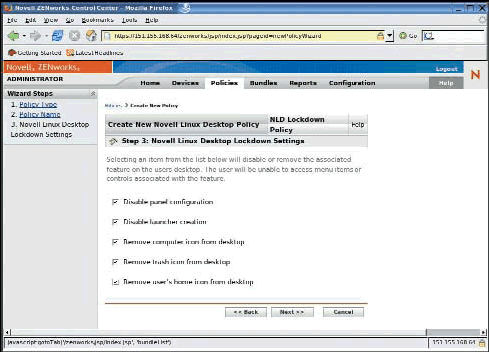Clear Novell File Lock
Posted By admin On 19/06/18Novell Client 4.70 for Windows NT Novell Client 4. Libaio Devel 0.3.106 Rpm Software. 71 for Windows NT Novell Client 4.80 for Windows NT/2000 Novell Client 4.81 for Windows NT/2000 Novell Client 4.82 for Windows XP Novell Client 4.83 for Windows NT/2000/XP Novell Client 4.9 for Windows NT/2000/XP Novell Client 3.20 for Windows 95/98 Novell Client 3.21 for Windows 95/98 Novell Client 3.30 for Windows 95/98 Novell Client 3.31 for Windows 95/98 Novell Client 3.32 for Windows 95/98 Novell Client 3.4 for Windows 95/98 Novell NetWare 5.0 Novell NetWare 5.1 Novell NetWare 6.0 Novell NetWare 6.5 Situation. There has been much confusion regarding File Caching and Opportunistic locking in NetWare environments. The purpose of this document is to explain how opportunistic locking is implemented. It is much faster to read and write data from memory than it is from disk.

It is also much faster to read and write data from the local hard drive of a workstation than it is from the network server. For this reason Opportunistic locking or op-locking was invented. There are currently 2 different levels of op-locking included in both the Novell client and server software. Op-locking level 1 allows the first workstation accessing a network file, to copy the entire file down to its local memory to perform file operations. As long as no other user needs access to the file, then all operations will be performed quickly using only workstation resources.

The System Administrator wants to identify which workstation has the file open and locked and clear the lock. Resolution Run the following script from a terminal on the OES server to identify the user who is holding the file open, and attempt to close the file. Novell NFS Services 3.0. It gets placed in the NFS cache and a file lock is placed on it. Alertpay Affiliate Program there. And the lock should clear. However, the lock is not clearing. View and clear file locks. This Support Knowledgebase provides a valuable tool for NetIQ/Novell/SUSE customers and parties interested in our products and.
No further packets are sent back and forth between the workstation and server. Once the workstation has completed its need for the file, then the data is flushed back out to the server.
The server then commits the new data to disk. Op-locking level 2 allows the first workstation needing write access to a network file, to copy the entire file down to it's local memory to perform file operations. As long as no other user needs to modify the file, then all operations will be performed quickly using only workstation resources. No further packets are sent back and forth between the workstation and server. Other workstations can still access the file without effecting the workstation that holds the op-lock as long as their access is restricted to read access only.